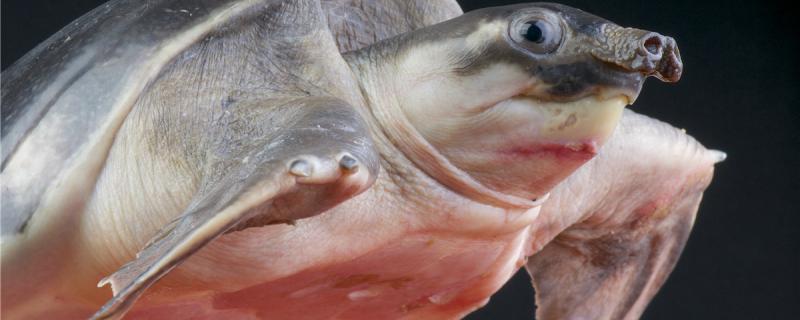
pig-nosed turtles pig-nosed turtles, like other turtles, are oviparous. They usually start breeding in July-October in their native areas. Some time after mating in the water, females will come to shore, but most of them will choose to go ashore at night to lay eggs. Before laying eggs, they will choose a suitable place, then dig a hole about 20 centimeters deep with their claws and lay eggs directly in it. After the eggs are laid, the eggs will be covered with the soil beside them.
They can lay 7-19 eggs at a time. Although pig-nosed turtles are similar to most turtles before laying eggs, the hatching of eggs is different from other turtles. Because when their embryos are mature, they will remain dormant in the eggs until they encounter heavy rains or floods, and they will break out of the shell in the water. So the hatching time of pig-nosed turtles has a lot to do with the local climate.
artificially? Pig-nosed turtles can be bred artificially, but artificial breeding is more difficult, because artificial breeding can not completely simulate the environment of origin, and they usually lay eggs on sandbanks in dry season, and need to soak in water before hatching. The climate of origin is unique, and their eggs need to go through a period of diapause, so it is difficult for artificial incubation to simulate these environments.